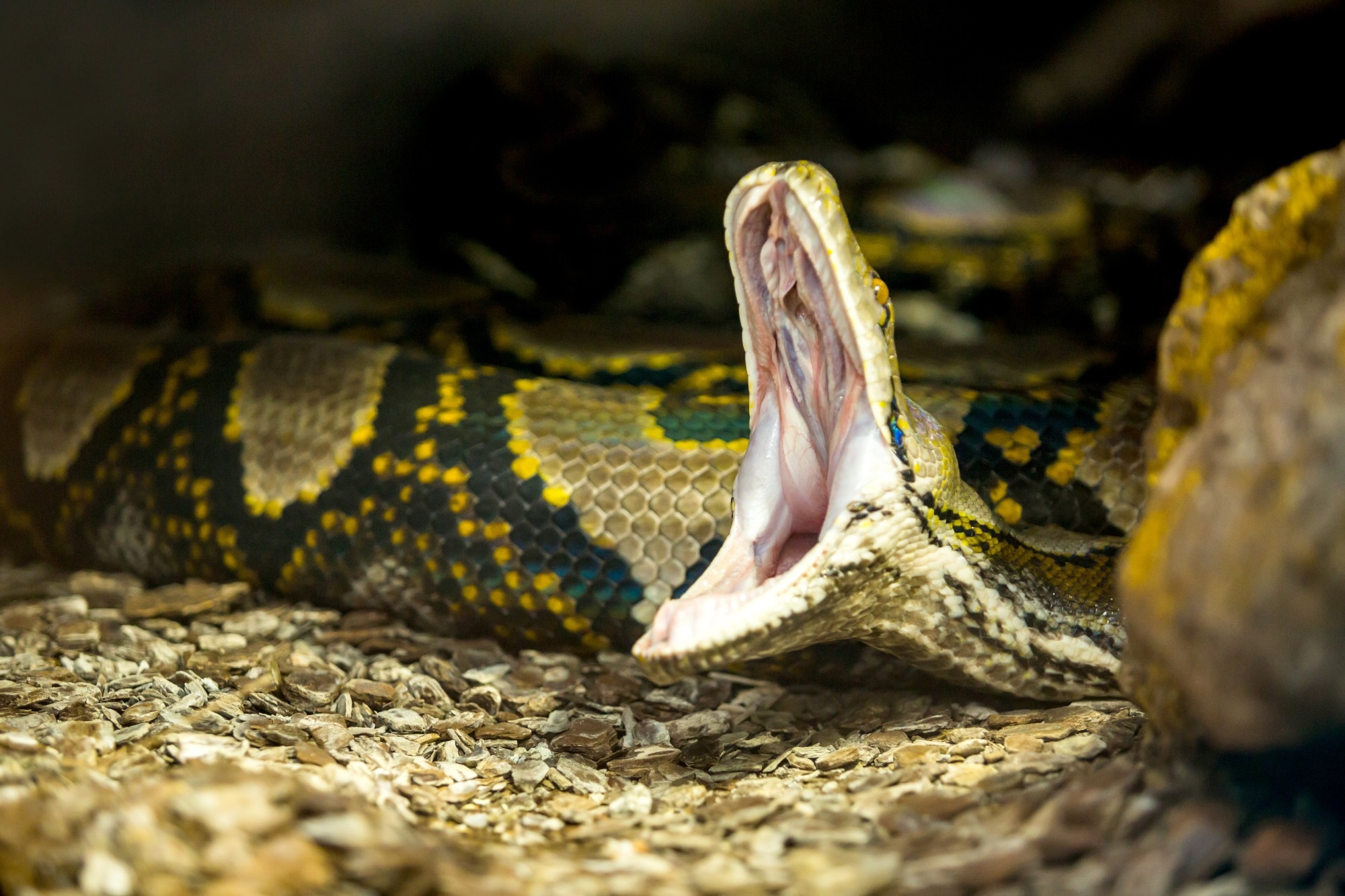Livestock rearing has underpinned the global economic rise. Traditionally, livestock production has centered around limited production models and domesticated species. A major characteristic of this conventional system has been the high production rate, driven by energy-intensive warm-blooded (endothermic) animals. Livestock systems have been developed in the context of resource stability and abundance, with feed inputs sustained through primary productivity.
However, these are no longer the norm, as climate volatility and resource limitations have altered production imperatives. Further, infectious diseases, climate change, and declining natural resources significantly impact the agriculture sector. Many traditional livestock systems do not meet the criteria for resilience and sustainability. As such, there is a pressing need for alternatives.
Cold-blooded (ectothermic) animals are 90% more energy-efficient than endothermic animals. This could have significant implications for production efficiency. Snakes are a conventional source of protein in tropical countries; snake consumption has substantial food, cultural, and medicinal value. With increasing demand for snake meat and related products, production systems have expanded and now include more production models, species, and markets.
 Study: Python farming as a flexible and efficient form of agricultural food security. Image Credit: Alejandro Camacho B / Shutterstock
Study: Python farming as a flexible and efficient form of agricultural food security. Image Credit: Alejandro Camacho B / Shutterstock
About the study
In the present study, researchers evaluated the potential of pythons as novel livestock for commercial production by assessing the growth of two species in commercial farms. They obtained data from python farms in Ho Chi Minh City, Vietnam, and Uttaradit, Thailand. The Thai farm raised Burmese (Python bivittatus) and reticulated (Malayopython reticulatus) pythons, while the Vietnamese farm raised only Burmese pythons.
Pythons were housed at a stocking density of 15 kg/m2. Wild rodents and waste protein were the most common feed inputs. Pythons were measured over one year to estimate the growth rate. Python eggs were collected from each farm and hatched onsite. Snout-vent length (SVL) and body mass of pythons were measured in Thailand at hatching, six months, and 12 months.
Pythons were fed chicken every week for the first two months. Subsequently, they were fed chicken and sausages. Likewise, in Vietnam, body mass and SVL of pythons were measured at six time points. Hatchlings were started on vertebrate prey, i.e., chicken, rodents, or quail. Non-hatchling pythons received experimental diets or pork-based sausages.
After two months, the diet was switched to sausages for all snakes except one of the experimental groups. In addition, an intensive growth rate trial was performed on a subset of pythons in Vietnam. Accordingly, snakes were assigned to five groups after hatching, each with seven females and seven males.
Diets included 1) pork, 2) rodents, 3) pork (90%) and chicken pellets (10%), 4) pork (80%) and fish pellets (20%), and 5) pork (90%) and fish pellets (10%). Food was offered every five days for one year but even less often for three months during the coldest period. During the intensive trial, the python's length was recorded to assess the impact of fasting. Snakes were considered fasting if they did not consume food for at least 20 days.
After the trial, snakes were humanely killed, their carcasses processed, and the food conversion ratio (FCR) estimated. A two-way analysis of variance (ANOVA) was performed to examine the impact of sex and farm site on growth rates in the non-intensive trial. Further, a multiple regression model was used to explore the factors affecting the growth rate in the intensive trial.
Findings
The two python species exhibited rapid growth at both farms. ANOVA indicated slower growth rates of Burmese pythons in Thailand than in Vietnam. Further, females had a faster growth rate than males at both sites. Pythons with the highest growth rate in the first two months and those with the highest food consumption had the most rapid growth throughout the year.
In the intensive trial, 61% of Burmese pythons were fasting. The average body mass loss during fasting episodes was 0.16 g/day, corresponding to a 0.004% body mass loss per day. Notably, some pythons gained weight during fasting. There was no significant correlation between the rate of loss/gain of body mass and the fasting duration.
Larger pythons fasted for more extended periods. While fasting caused no significant body mass loss, it decreased food consumption, significantly reducing the overall growth rate. The mean FCR for 58 pythons was 4.1, i.e., they consumed an average of 4.1 grams of food per gram of dressed carcass produced. The useable parts of the snake represented 82% of the overall mass.
Conclusions
Taken together, while commercial production of pythons is in the nascent stages, python farming may have tangible benefits for the sustainability and resilience of food systems. The findings suggest it can complement current livestock systems and have better returns through greater production efficiency.
In regions where reptile consumption is a cultural precedent and where food security is compromised due to climate change and other global challenges, reptiles are a safe, efficient source of protein. Further research is needed to explore the agricultural potential of reptiles and the practical and humane ways of their production.